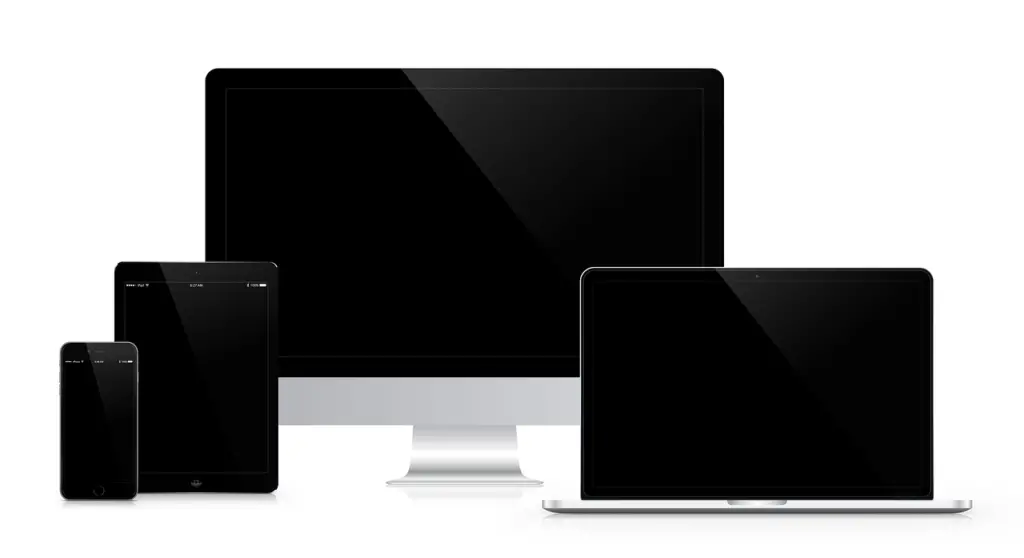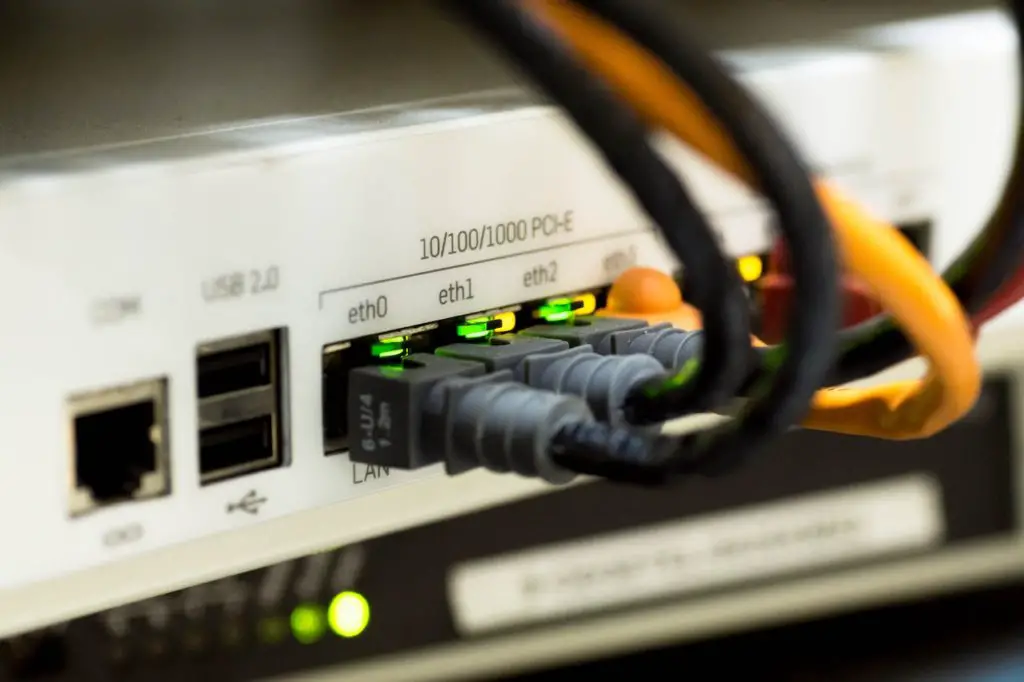
Screen Mirroring (or Miracast) is a relatively new technology that allows for a fast, lag-less connection between a sending device and a display receiver.
The screen mirroring process is usually fairly easy to achieve as long as the two devices are connected to the same router.
However, due to the nature of the technology, many users still find themselves struggling to get their monitors to receive the visual signal they’re supposed to. Is there a reason why is this happening?
Ensure successful screen mirroring by updating both devices’ software, checking communication channels, disabling Bluetooth interference, adjusting restrictions, and verifying compatibility. Restart devices to resolve software glitches. Strong WiFi connection with a reliable router is crucial for a seamless experience.
In this comprehensive guide, I’ll take you through a complete troubleshooting process to help you work out the reason why your screen mirroring has no picture.
Afterward, I’ll delve into some of the quickest, easiest fixes that can help you send a clear visual signal from one device to another in no time. So, if that’s interesting to you, definitely stick around!
1. Your Devices Aren’t Updated
The most common reason why a screen mirroring process might be running into issues is that one or more of your devices aren’t updated.
If either your sender (smartphone, tablet, laptop, etc.) or your receiver (monitor, projector, TV, etc.) aren’t running on their manufacturer’s latest software, chances are their performance will be lagging.
Therefore, before looking into more complex issues, I’d recommend checking your devices’ software update status first.
Doing so might save you from a long, tedious troubleshooting process, not to mention this is the easiest issue to fix.
How to Fix
The first and easiest fix is to update your devices’ software.
It’s crucial that both your sender and receiver are running on the manufacturer’s latest software for them to be able to create a connection.
Check each device’s settings to see if there are any pending updates.
2. Your Devices Aren’t Communicating With Each Other
As mentioned, the screen mirroring process relies on a strong, stable connection between the sender and the receiver.
For this reason, it’s essential to make sure that the communication channel connecting the two is working properly.
When it comes to creating stable communication between two devices, you should ensure that all involved connectors are operating at maximum efficiency.
This means checking the performance of your USB cable, your router, and power outlet.
Each of these components plays a crucial part in how the signal gets transferred from one device to the other.
If one of them is faulty, the image might never arrive at its destination.
How to Fix
First, you’ll want to rule out a problem with your router.
You can do so by doing a speed test through your WiFi connection and then another while connected via an ethernet cable.
If there’s a big difference between WiFi and ethernet, your router might be throttling your connection.
In these cases, the culprit is usually an outdated or damaged router.
If your router is working fine, then it’s time to take a look at where you’ve placed your devices.
Given that the screen mirroring process is dependent on a strong, stable connection, it’s crucial that the devices are close enough to each other and the router they’re connected to.
This will ensure the signal will be able to go through them seamlessly.
Try moving the sender device closer to the receiver.
If the router is far away from both, try to move it closer, ideally to the same room.
Make sure that there aren’t any big objects potentially blocking the signal transmission between the sender and receiver.
There’s a moment in life where you have to ask yourself. Am I still having the same problems with my internet connection?
I mean, I struggle to get a good connection on my phone, my laptop, my video games… and now with my screen mirroring service.
If you experience the same problem with other Wi-Fi devices at home, it is time to get a better router.
3. Bluetooth Is Interfering
A strong WiFi connection is the key component of the screen mirroring process.
However, if you’ve enabled Bluetooth on either of your devices, its signal might be interfering with the one you’re trying to send through your router.
How to Fix
The fix for this issue is simple: turn off Bluetooth connectivity in both the sender and the receiver and see if there’s any change.
Bluetooth isn’t always the problem—many have been able to successfully screen mirror while making use of their Bluetooth.
Still, it can happen more often than you’d think.
4. Restrictions Are Turned On
This is one of the trickiest issues to spot.
Sometimes a device comes with certain default settings that restrict the screen mirroring signal from being sent or received—restrictions that you might not even be aware of.
How to Fix
It might be a good idea to check whether before the connection is made, either of your devices requires the input of a password.
If this is the case, you’ll want to go into that device’s settings and adjust its connectivity restrictions.
5. Your Devices are Not Compatible

Technology has allowed for a wide range of devices to act both as senders and receivers.
However, in some instances, your chosen equipment might just not be compatible with each other.
For instance, trying to connect an Android and iPhone device might be challenging.
How to Fix
If your devices aren’t compatible, you may want to look into third-party mirroring software.
For example, the Screen Mirroring App is compatible across almost all operating systems and browsers.
Of course, if you have the option, you can always try a different device as a sender.
6. There’s a Software Glitch
Sometimes the root cause of the issue isn’t the connection but the devices themselves.
Given that the audio signal is getting through fine, the reason why its visual counterpart isn’t following might be a software glitch.
How to Fix
This issue can be promptly solved by turning off both devices, giving them a minute or two to cool down, and then turning them on again.
Most glitches will go away after a restart.
If it persists and you’re using a third-party app, try reinstalling the app on both devices.
Is Your Screen Mirroring Sound Working but No Picture? Final Thoughts
There are several problems that can cause your screen mirroring to not show any image.
Luckily, most of them are easy to resolve.
If you find that you still can’t fix your issue after going through this troubleshooting guide, don’t hesitate to contact a professional that can provide you with technical expertise.
And then again, make sure that you have a consistent connection between your devices by using a reliable router with enough range to reach them while you are screen mirroring
